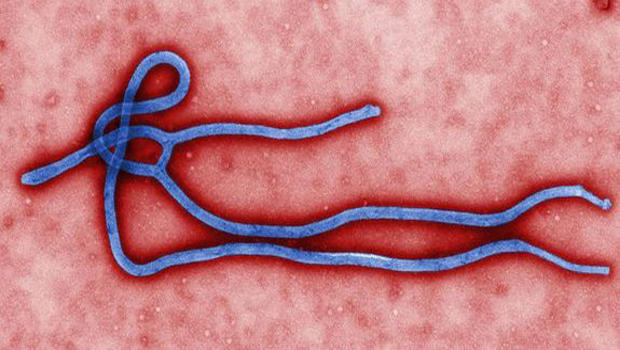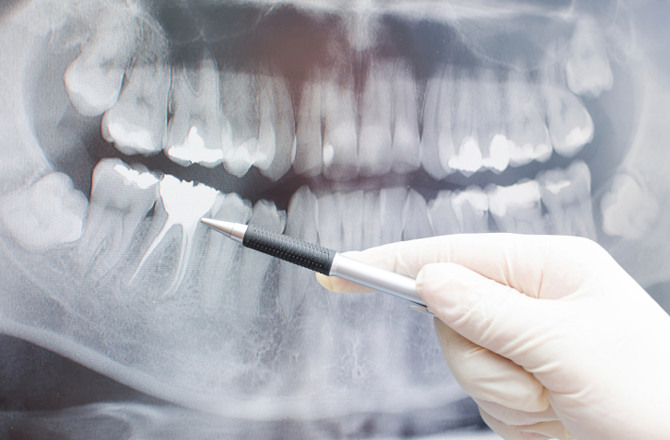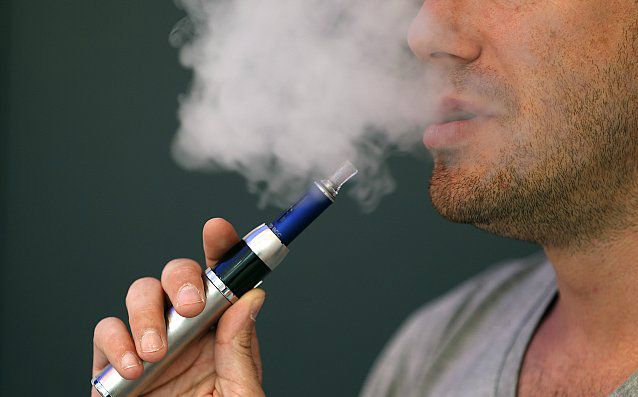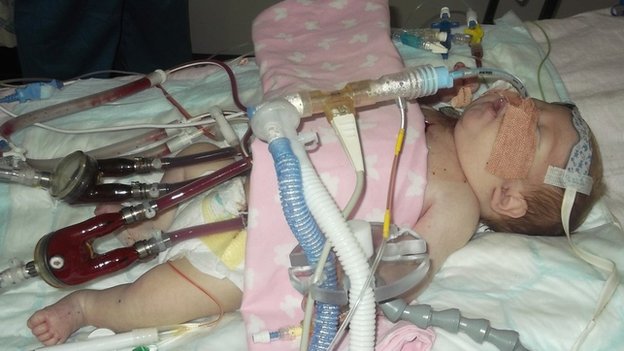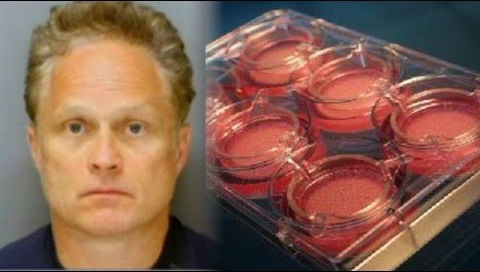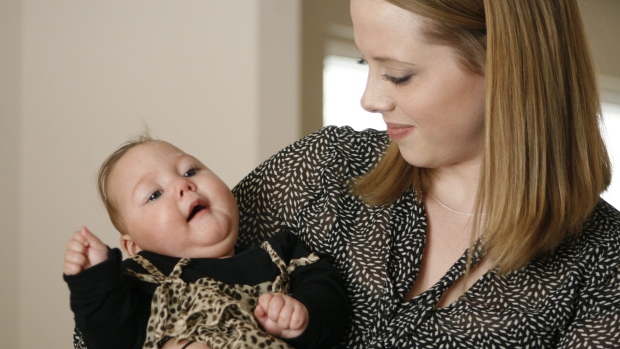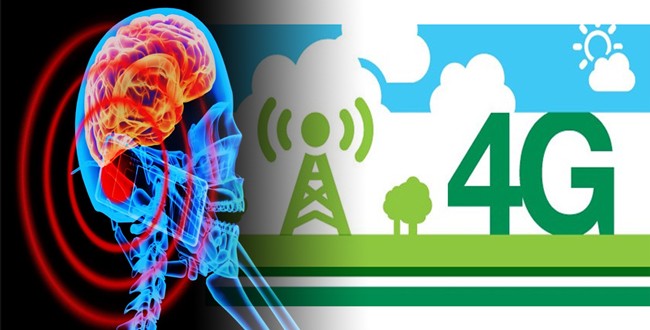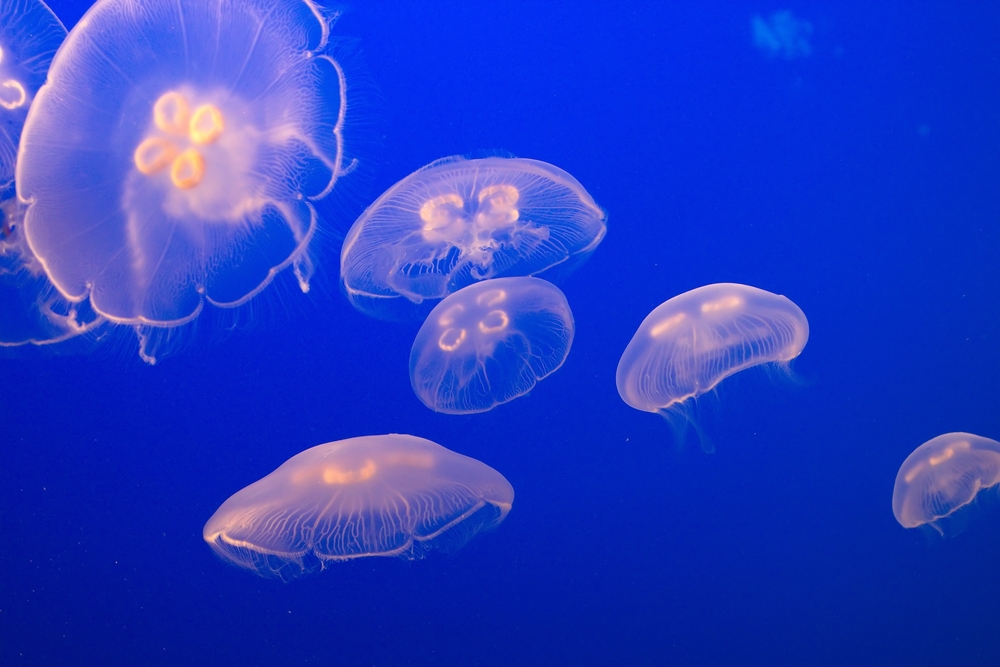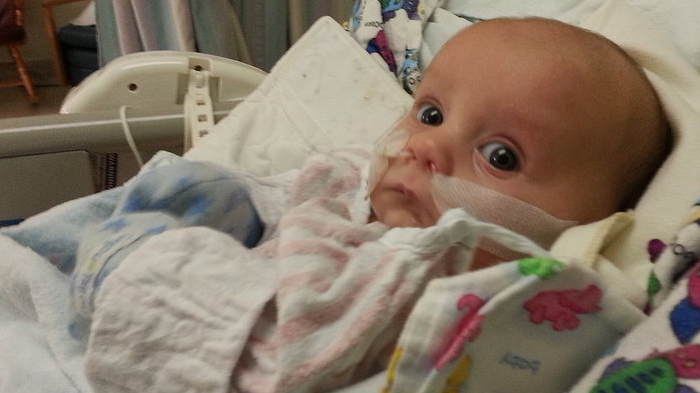
A wave of new nonprofit breast milk banks are opening across North America, driven by research that has promoted the use of donated mother’s milk for healthy babies.
Five new milk banks are expected to open this year in the United States and Canada, joining four that opened in 2013 and bringing the total number of nonprofit milk banks up to 22, said Kim Updegrove, president of the Human Milk Banking Association of North America.
“There’s an amazing resurgence of milk banks in North America,” Updegrove said. “Every healthy lactating mother has the ability to save another baby’s life if she is willing to go through a screening process and donate her milk through a nonprofit milk bank.”
She said breast milk contains important nutrients, immune-system antibodies and growth factors that all contribute to a baby’s health, particularly babies who are vulnerable because they are premature or underweight.
“It’s now irrefutable that in absence of mom’s own milk, donor milk increases survival rate and improves development of vulnerable infants,” she said.
The milk banks are proliferating in response to mounting medical research that has shown donated breast milk can nurture babies just as well as their mother’s own milk, Updegrove said.
Pediatricians hope that mothers will see the milk banks as a better, safer alternative to the growing practice of online breast milk sharing, said Dr. Susan Landers, a neonatologist in Austin, Texas, who sits on the American Academy of Pediatrics’ section on breast-feeding.
Breast milk banks screen all donors, running tests to make sure they are not carrying an infectious disease that could be passed on through their milk, Landers said. In addition, the collected milk is pasteurized before being frozen and passed out to hospitals and families on a doctor’s prescription.
Updegrove’s group acts as a professional organization for the network of milk banks, laying out guidelines and certifying new banks as they come online.
“The AAP likes that set up,” Landers said. “We like the milk to be pasteurized. We want the donor mothers to be screened. We want doctors to know it’s a sterile product and prescribe it when donor milk is needed.”
By comparison, there are no safety precautions in place for milk shared through online sites. A recent study found that nearly three-quarters of 101 breast milk samples purchased through a milk-sharing website contained bacteria that could make a baby sick — including three batches that tested positive for salmonella.
Women who buy milk from these websites “don’t know who’s got hepatitis B and who’s HIV-positive and who’s got germs in their milk, and none of it’s pasteurized,” Landers said. The AAP is weighing a policy statement that would discourage mothers from participating in these online swapping sites.
The idea of breast milk banking is not a new one. Back in the early 1980s, a network of 30 milk banks stretched across the United States, with another 20 in Canada.
But the HIV/AIDS health crisis of the 1980s, along with a surge in hepatitis cases, led to the shuttering of nearly all the breast milk banks, Updegrove said. At the lowest point, only one breast milk bank — in San Jose, Calif. — remained open.
Breast milk banks began to reestablish themselves in North America as the value of human milk for struggling infants became more apparent and new protocols were established to ensure the safety of banked milk, she said.
These efforts were sent into overdrive by a 2012 policy statement from the American Academy of Pediatrics supporting the use of donor milk for at-risk newborns.
Before that policy, the AAP had said that all premature babies should be fed their own mother’s milk.
But the new policy broadened that recommendation, saying that when mother’s milk is not available, then premature and low-birth-weight babies should be fed donated breast milk. “That was a big difference,” Landers said.
One of the nation’s newest nonprofit milk banks, the Northwest Mothers Milk Bank in Portland, Ore., has succeeded well beyond its expectations since it opened in July 2013.
Organizers had projected that they would screen 40 mothers to become milk donors by the end of 2013, executive director Lesley Mondeaux said. They ended up screening 122 donors in that time, and another 79 so far this year.
One of the milk bank’s donors, Dr. Emily Puterbaugh, volunteered because she’s a pediatrician who had seen the benefits of breast milk for struggling babies.
“I had an oversupply,” said Puterbaugh, 33, of Portland’s Multnomah Village area. “Realizing I was going to have more milk than I needed for my baby, the first thing I thought of was the milk bank. I figured some of this milk could be used for other babies in need.”
Source: web md


